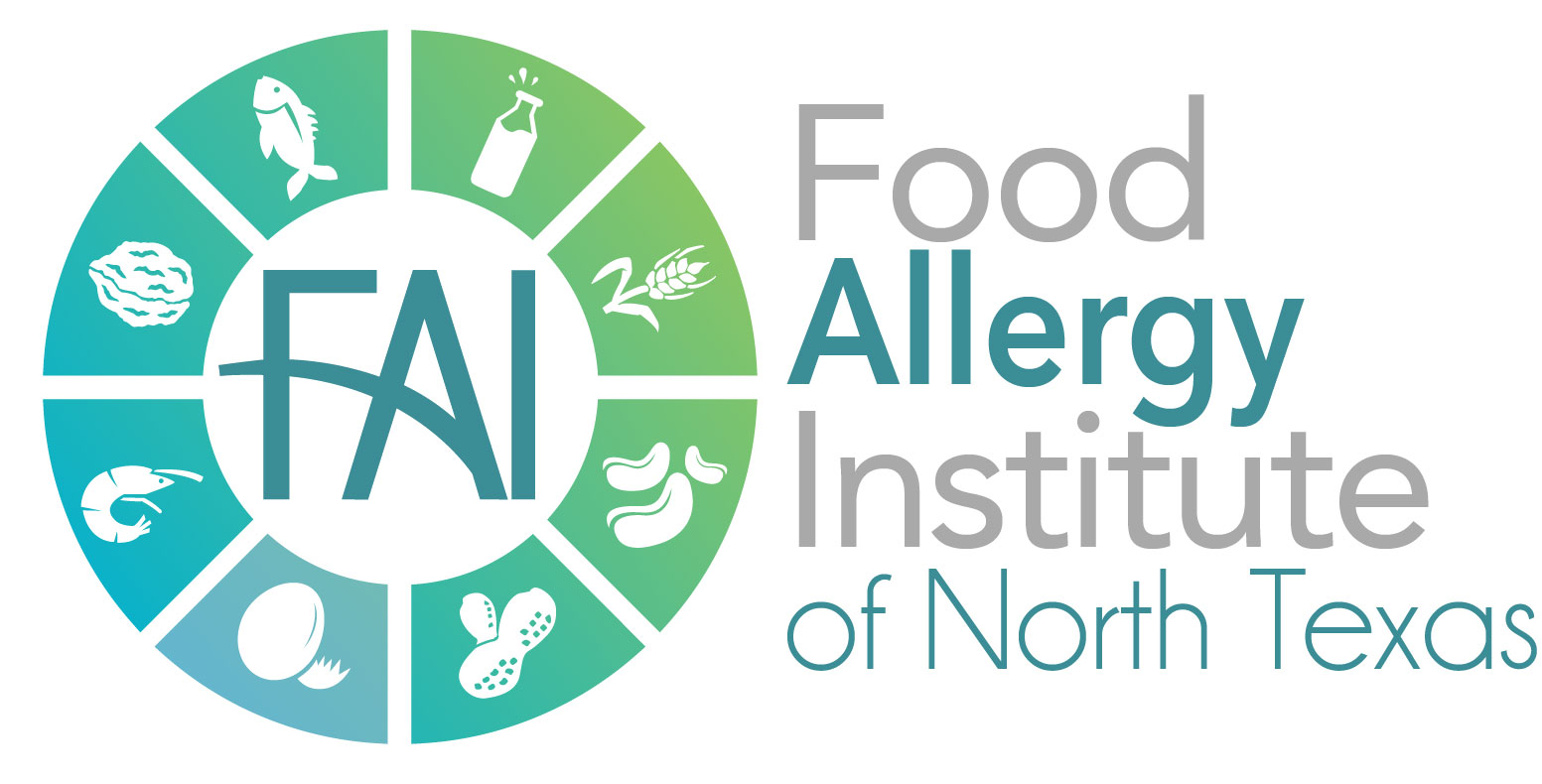21 Jul FLYING WITH A PEANUT ALLERGY
As the mother of a peanut allergic child, I have many anxieties for my son. One of which is flying with him. Although I have been told that airbone reactions to peanut are rare, I do often hear about reactions at 30,000 feet. Is it media hype or are these stories true accounts of the realities of travelling with a severe nut allergy?
The American Academy of Allergy Asthma and Immunology quote 2 studies that have investigated the occurrence of allergic reactions during airline flight. Both studies rely on self-reported data and the quality of information is variable. Although there have been a few reactions noted, flight crews were only notified 29-33% of the time.
In one of the studies, Sicherer, Furlong, DeSimone, and Sampson, noted that the reactions generally occurred within 10 minutes of exposure and reaction severity correlated with exposure route: ingestion, inhalation, or skin. The causal food was served by the airline (37 of 42 subjects). Medications were given in flight to 19 patients (epinephrine to 5) and to an additional 14 at landing/gate return, total 79% treated. During inhalation reactions as a result of peanut allergy, greater than 25 passengers were estimated to be eating peanuts at the time of the reaction.
New research by an international team, led by Dr. Matthew Greenhawt, University of Michigan Food Allergy Center, has explored behaviors that may be associated with allergic passengers who fly safely without suffering a reaction. Past research has focused on US travelers, as well as on only those patients who have reported a reaction.
Greenhawt’s team found interesting results with their research. They noted 349 reactions reported amongst 3,273 respondents from 10 countries. Only 13.3% of passengers received epinephrine as treatment. Flight crews were notified in 50% of reactions. Approximately 69% of all respondents reported making a pre-flight accommodation request, compared to those who did not report a reaction. Nationality was not a significant factor influencing the use of epinephrine as treatment.
Greenhawt et al. noted 8 reported behaviors with favorable associations. Passengers who were at lower risk of anaphylaxis, displayed such behaviors as:
- Requesting an accommodation
- Requesting a peanut/tree nut free meal
- Wiping their tray table with a commercial wipe
- Avoiding use of airline pillows
- Avoiding use of airline blankets
- Requesting a peanut/tree nut free buffer zone
- Requesting other passengers not consume peanut/tree nut containing products
- Not consuming airline-provided food
These behaviors are simple, practical measures which may offer some level of protection until formal policies are implemented. Presently, Canada is the only country with a formal policy in place, restricting a 3-row no-nut buffer zone with advance notification on Air Canada flights.
At present, there are no federal guidelines for airlines. Most seem satisfied that current policies are working and that inhalation reactions are rare and preventable if the above mentioned behaviors are implemented. Airlines can not guarantee nut-free flights nor prevent passengers from bringing nuts on board. Each airline has their own policies and procedures. It is recommended that you investigate each airlines policies prior to booking a ticket and consider your flying options.
Enjoy your summer travels, stay safe, and plan ahead!


